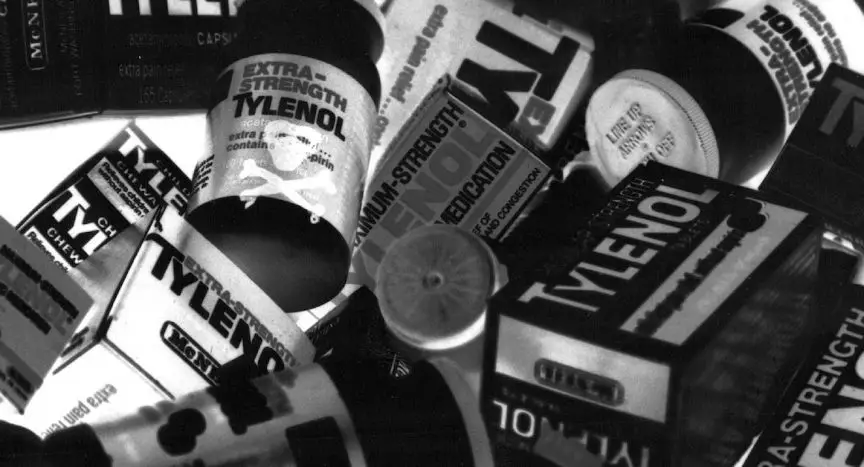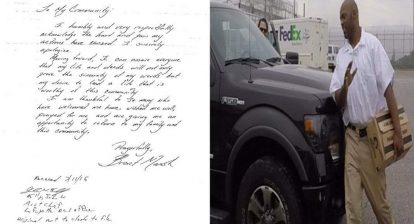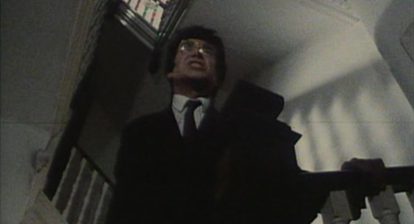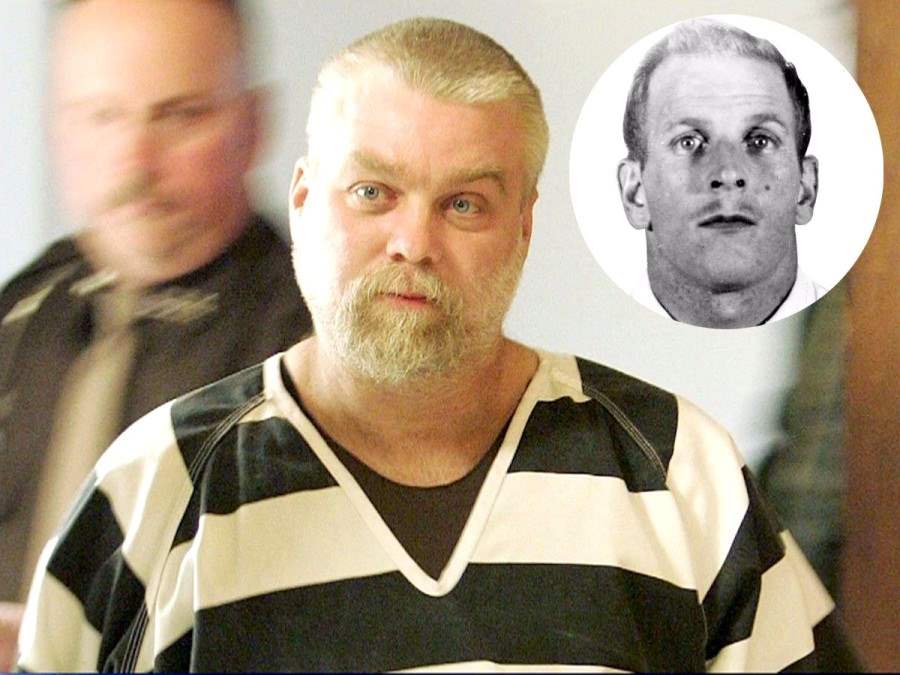The Chicago Tylenol Murders are the sort of unsolved case that fans the fire in a true crime fan’s belly. In part, this feeling stems from childhood whimsy that we never quite grow out of, a need to know every intricate aspect of even the most trivial topics. Another aspect comes from the desire to find some sort of organization amidst a wave of confusion. It’s the kind of relief you get after solving a difficult puzzle; calm after chaos. What’s more chaotic than a faceless, nameless entity entering homes in the most inconspicuous way and killing people in the guise of harmless temporary relief?
Between September and October of 1982, the city of Chicago was paralyzed with fear as, for reasons still unknown, someone tampered with ordinary packages of Tylenol Extra-Strength. A malevolent person or persons swapped the painkiller capsules with cyanide-laced versions. The deadly substitutions were scattered throughout the shelves of various pharmacies and grocery stores in the greater Chicago area. These unpredictable and nonsensically cruel attacks- dubbed the Chicago Tylenol Murders- resulted in the deaths of 7 people. The case also was a catalyst for a recall strategy that would later be adapted into a crisis management teaching model for business schools, and the passing of a bill making it a federal offense to tamper with consumer products, forever changing the way we consume medication.
Also See: The Art of Pulp Horror is a Comprehensive History [Book Review]
The Chicago Tylenol Murders began on September 29th, 1982. E.T. the Extra-Terrestrial was the most popular movie in the world. Culture Club recently released the song “Do You Really Want to Hurt Me.” Disney World was just days away from its grand opening of the EPCOT center in Florida. Several people in the Chicago area were inconvenienced by minor aliments on that seemingly ordinary Wednesday.
12 year old Mary Kellermen complained of symptoms that suggested a common cold. Adam Janus’ illness was never made clear, however his little brother Stanley and sister-in-law Theresa were both suffering from headaches. The same complaint was shared by Mary McFarland. Mary Reiner was recovering from full body aches after the recent birth of her child. Paula Prince was trying to soothe her nerves after a red-eye flight. They were all dead within 24 hours.

Also See: Monsters and Medicine: The True Story of Leonid Rogozov Who Performed Surgery on Himself
After firefighters Lieut. Philip Cappitelli and Richard Keyworth- who doubled as an arson investigator- noticed the matching characteristics of the deaths, investigators discovered the common denominator in these medical anomalies. All of the victims took Tylenol shortly before they died. Testing revealed that the capsules were laced with potassium cyanide. “Police were baffled — the pills came from different production plants and were sold in different drug stores around the Chicago area. Their conclusion was that someone was most likely tampering with the drug on the store shelves.”
Following a flood of tips, “Investigators would amass 15,000 pages of documents, test millions of Tylenol capsules, and interview 400 persons of interest – out of a pool of 20,000.” Eventually, the initial investigators shifted their focus between a handful of key suspects; Laurie Dann, an aspiring teacher who went on a shooting and poisoning spree throughout Illinois in 1988, was briefly looked into but no direct connection was found. She died by suicide that same year.

Later, a man named Roger Arnold was investigated due to his job as a dockhand at a Jewel Foods warehouse and his hobby as a DIY chemist. Despite Arnold being quickly cleared of any wrong doing, he cracked under the weight of the media speculation and blamed a bar owner named Marty Sinclair for leaking his name to the press. In 1984, Roger Arnold was convicted of shooting John Stanisha, a man whom he mistook for Marty Sinclair. Arnold served half of his 30 year sentence. He died in June 2008.
Also See: Sound of Violence Is a Stunning Debut [SXSW 2021 Review]
“Unabomber” Ted Kaczynski was considered as recently as 2011. Despite Kaczynski’s denial that he was ever in possession of potassium cyanide, the FBI requested and obtained new samples of his DNA. The first four “Unabomber” attacks occurred in the suburbs of Chicago. In 1982, Kaczynski’s parents owned a home in nearby Lombard, where Ted would occasionally stay. While the FBI has since made no ‘official’ statement regarding these inquiries, one can only assume this probe was more of a ‘leave no stone unturned’ type of situation.
Ted Kaczynski is currently in a federal Supermax prison in Colorado, serving a life sentence for his part in bombings that killed three people.

However, many investigators over the years have had their eyes on one particularly strange character; James Lewis. Lewis was an accountant and known extortionist from Kansas City. In 1978, he was charged with the murder of a former client after police found the victim’s remains in his attic. The charges were soon dropped, due to a legal technicality. It was during the initial investigation that Lewis appeared on the FBI’s radar. He had “… sent a letter to Johnson & Johnson demanding $1 million to stop the cyanide-induced murders.”
Despite a rigorous investigation and Lewis’ constant fucking creepy behavior, the police were unable to definitively link Lewis to the poisonings. He and his wife were living in New York City at the time of the attacks. Lewis was convicted of extortion for the Johnson & Johnson letter and served 13 years of a 20 year sentence. He was released from jail in 1995. According to a report by Boston’s WCVB Channel 5, court documents released in 2009 state “…Department of Justice investigators concluded Lewis was responsible for the poisonings, despite the fact that they did not have enough evidence to charge him”
James William Lewis and his wife currently live in Cambridge, Massachusetts where he spends an impressive amount of time proclaiming his innocence and promoting his books on his sketchy looking website: “The Lewis’ were in New York and were NOT in Chicago during murders! END OF DISCUSSION! It was therefore impossible for Lewis to have committed the Tylenol Murders! All discussions beyond this point are irresponsible, idle speculation.”

The Chicago Tylenol Murders inspired numerous copycat attacks in the months following the tragedies. The U.S. The Food and Drug Administration reported “…more than 270 different incidents of product tampering in the month following the Tylenol deaths. Pills tainted with everything from rat poison to hydrochloric acid sickened people around the country. Some copycats expanded to food tampering: that Halloween, parents reported finding sharp pins concealed in candy corn and candy bars. Some communities banned trick-or-treating all together.” These copycat attacks caused three deaths in Washington state in 1986, as well as the alleged suicide of University of Texas student Kenneth Faries. That same year, Procter & Gamble’s Encaprin was recalled after a spiking hoax in Chicago and Detroit- this resulted in a major drop in sales and a withdrawal of the product from the market.
The Chicago Tylenol Murders also inspired the pharmaceutical, food, and consumer product industries to develop improved quality control methods. Items were now sold in newly tamper-resistant packaging, such as bottles with induction seals. Most importantly, product tampering was made a federal crime following U.S. Congress passing what was called “the Tylenol bill”. Within a year the FDA would enforce stricter regulations which “… led to the eventual replacement of the capsule with the solid “caplet”, a tablet made in the shape of a capsule, as a drug delivery form and with the addition of tamper-evident safety-seals to bottles of many sorts.”
Johnson & Johnson received major praise for its response during the crisis. In addition to issuing the recall, the company established relationships with the Chicago Police Department, the FBI, and the Food and Drug Administration. This way the company would have an active part in the investigation and could take additional steps to prevent further tampering.
Johnson and Johnson’s $100,000 reward remains unclaimed and the Chicago Tylenol Murders case remains unsolved.
Research Sources/Further Reading On The Chicago Tylenol Murders:
My Favorite Murder – 146 – Dawna’s Skinny Lighter
How the Tylenol murders of 1982 changed the way we consume medication | PBS News Hour
The Tylenol Murders: Is It Too Late to Solve the Famous Cold Case? – A&E
A Brief History of the Tylenol Poisonings – TIME







